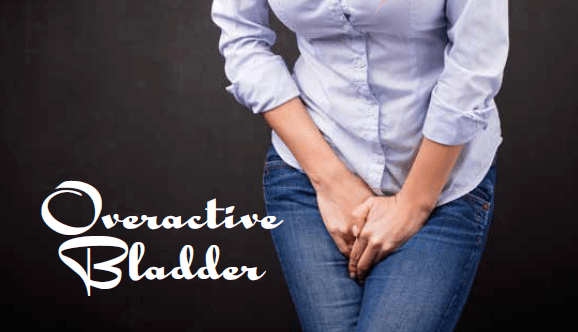Introduction
Do you even feel like your bladder is controlling your life? Are you constantly looking for the nearest bathroom? Do you go just in case to prevent possible accidents? If so, this may be due to something called Overactive Bladder or OAB.
It is a condition where your bladder function is difficulty to control leading to symptoms such as:
• Sudden urgency
• Frequent urination
• Accidental leakage
• Increased urination at night
OAB affects not only your physically well-being but your mental as well. It can be an emotional stressor that puts limits on your social engagement and daily activities.
At Motivate we strive to educate the community on their pelvic floor concerns and promote self-care solutions to manage their health independently.
That is why we are building resources for your lifelong success, like an online education course about Overactive Bladder and at home treatment strategies and techniques to manage common OAB symptoms.
This month we will be highlighting some educational topics from the course regarding OAB symptom management.
To learn more about OAB, we had the wonderful opportunity to talk with Dr. Sridhar from Swedish American Creekside Clinic about collaborative care for an Overactive bladder diagnosis. Take a look at our two part series below:
Behavioral Awareness
A main symptom of Overactive Bladder is the sudden uncontrollable urge to urinate! This urge is usually controlled by our sympathetic system or our body’s flight or fight response.
When we feel the sudden urge to go our body reacts to the urge with high alert, causing stress to the body, sometimes leading to leakage. To turn off this hypervigilant response and decrease the urge we use a technique called “urge suppression.” This method works by turning on the parasympathetic system in the body which relaxes and calms the bladder from its highly alert state leading to decreased urge.
Take a look at our video to see how it works! If this helps you, consider taking our OAB course! Click the link in our bio to learn more!
In addition to the urge suppression technique keeping your bladder healthy is the overall goal. Download our handout on healthy bladder habits!
Tissue Health
Overactive bladder symptoms can be influenced by a multitude of factors. One being in adequate tissue health. Your bladder is position in the low ab area above your pubic bone. If for any reason there are fascial restrictions or muscle tightness found in this area, it could negatively affect your bladder by reducing its strength capabilities due to unnecessary tension. Reducing limitations by targeting tissue tightness can help the bladder to function properly and reduce OAB symptoms.
At Motivate we use a technique called the abdominal scoop and lift to promote blood flow, nerve conductivity, and loosen fascial restrictions surrounding the bladder.
Watch our video to learn our selfcare solution on how to break up tissue tension affecting your bladder functions
In addition to the abdominal scoop and lift technique keeping your bladder healthy is the overall goal. Download our handout on healthy bladder habits! Click the link below!
How diet can affect your bladderStrength through Stability
You CAN overcome overactive bladder symptoms such as leakage and urgency/frequency!
To help decrease OAB symptoms, adequate core strength is essential. Specifically, learning how to engage the transverse abdominis (TA) muscle through total body stabilization. This low ab muscle connects to your pubic bone and has a direct relation to your pelvic floor. Building TA strength translates to building pelvic floor strength. Having necessary pelvic floor strength to stop the flow of urine can help to reduce urinary leakage and help you re-gain control over your bladder.
Learn how to become aware and engage your TA muscle with this exercise video from our OAB class! Click the link in our bio to learn more about how else our course can help you!
In addition to the abdominal engagement roll in/roll out hip exercise keeping your bladder healthy is the overall goal. This is a clip from our upcoming course. Stay tuned for our SelfCare for OAB course coming soon!
Functional Mobility
Sit to stand without leakage or urgency!😍
When building strength in any muscle you must be able to contract and relax the muscle belly in order to facilitate adequate power to perform tasks. The same goes for your pelvic floor muscles. Specifically for a healthy bladder, strengthening the muscles that wrap around your urethral sphincter, to be functionally cut off the flow of urine is essential when it comes to managing OAB symptoms. Yet, strength alone won’t cut it, to truly manage an overactive bladder, you must be able use pelvic floor muscle coordination with functional tasks.
For example: when transitioning from sitting, standing and/or squatting, its essential to have enough pelvic floor strength and coordination to hold in your urine and prevent leaking throughout the entire task. The best way to practice this and build strength is to try it!
Learn how to activate your pelvic floor muscles in a functional squat position with this sample exercise video from our upcoming OAB class! Stay tuned!
In addition to pelvic floor muscle strengthening squat exercise keeping your bladder healthy is the overall goal. Check out the video below.
